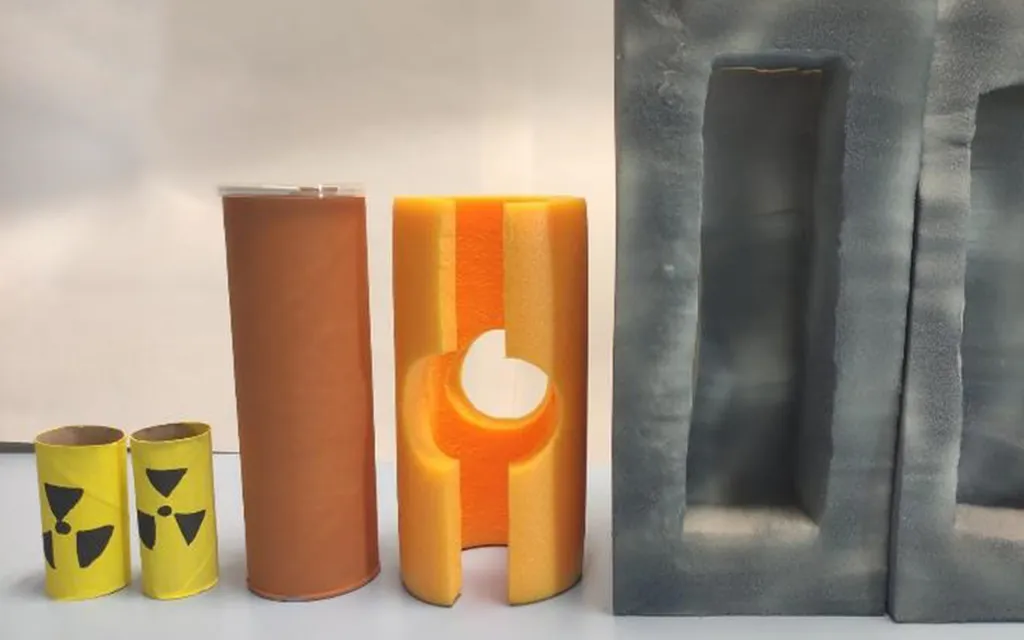In the realm of deep geological repositories for high-level radioactive waste disposal, understanding the behavior of bentonite—a clay often used as a buffer material—is crucial. A recent study published in *Yantu gongcheng xuebao* (Chinese Journal of Geotechnical Engineering) sheds light on how temperature and salt solutions influence the swelling deformation of GMZ bentonite, a critical factor for the safe and effective operation of these repositories. Led by YE Weimin from the Department of Geotechnical Engineering at Tongji University in Shanghai, the research offers insights that could reshape how engineers approach the design and long-term stability of waste storage facilities.
The study investigates how NaCl and CaCl2 solutions, at varying temperatures, affect the swelling properties of GMZ bentonite. Swelling deformation is a key characteristic of bentonite, as it helps seal and stabilize the repository environment. However, the presence of salt solutions and temperature changes can alter this behavior. “We found that as temperature and salt concentration increase, the time to reach maximum swelling strain decreases, and the maximum swelling strain itself diminishes,” explains YE Weimin. This finding suggests that higher temperatures and salt concentrations can significantly reduce the swelling capacity of bentonite, a factor that must be carefully considered in repository design.
To understand the underlying mechanisms, the researchers conducted Mercury Intrusion Porosimetry (MIP) and Scanning Electron Microscopy (SEM) tests. These analyses revealed that high salt concentrations reduce the thickness of the diffuse double layers around clay particles, increasing osmotic suction and effective stress. Additionally, higher temperatures cause the shrinkage of inter-aggregate pores and lattice contraction, further inhibiting the expansion of these layers. “The pore density of inter-aggregate pores decreases, and these pores become filled and blocked during hydration, ultimately reducing the swelling capacity of the bentonite,” YE Weimin adds.
The study also proposes a model for the time-evolution curve of swelling deformation, incorporating temperature and salt solution concentration. This model could be a game-changer for engineers, providing a more accurate tool for predicting the long-term behavior of bentonite in varying environmental conditions.
The implications for the energy sector, particularly in the management of radioactive waste, are substantial. As countries worldwide seek safe and sustainable solutions for high-level radioactive waste disposal, understanding the behavior of bentonite under different conditions becomes increasingly important. This research could lead to more robust designs for deep geological repositories, ensuring long-term stability and safety.
Moreover, the findings could influence other industries where bentonite is used, such as in landfill liners, drilling muds, and even in the construction of waterproofing barriers. By providing a clearer picture of how temperature and salt solutions affect bentonite’s swelling properties, this study paves the way for more informed decision-making and innovative engineering solutions.
As the energy sector continues to evolve, research like this underscores the importance of interdisciplinary collaboration and the need for continuous innovation. By addressing the challenges posed by temperature and salt solutions, engineers can develop more resilient and effective solutions for waste management and beyond. The study by YE Weimin and his team is a testament to the power of scientific inquiry in driving progress and shaping the future of the energy sector.

